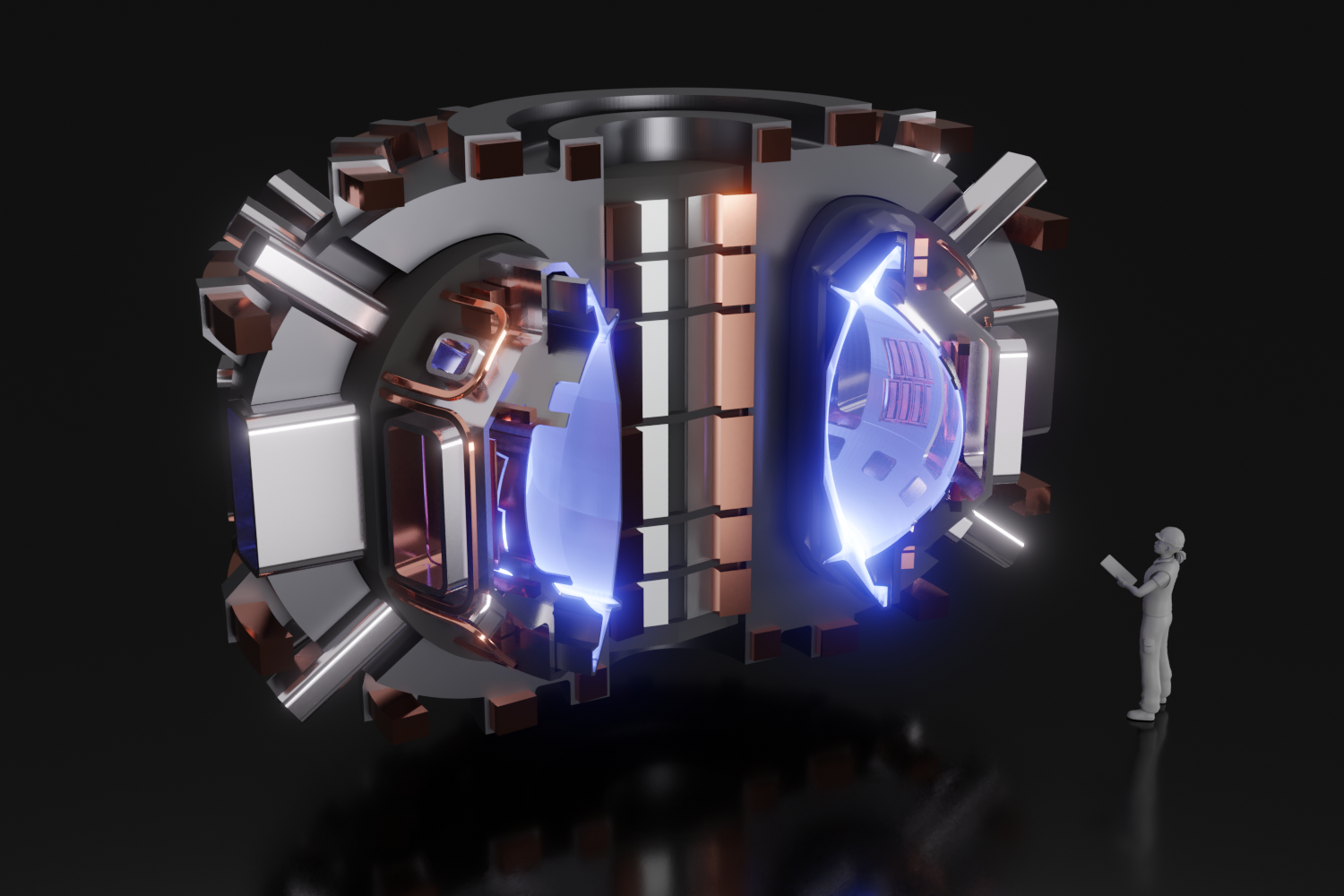Celebration held for startup of Savannah River’s Salt Waste Processing Facility

Participants in a ceremonial ribbon-cutting for the Salt Waste Processing Facility at the Savannah River Site included, from left, Rep. Joe Wilson; Parsons chairman and chief executive officer Chuck Harrington; under secretary for science Paul Dabbar; DOE-Savannah River manager Mike Budney; DOE senior advisor William "Ike" White; Parsons president and chief operations officer Carey Smith; SWPF federal project director Pam Marks; and Parsons senior vice president and SWPF project manager Frank Sheppard. Photo: DOE
The launch of the Salt Waste Processing Facility (SWPF) at the Savannah River Site in South Carolina was marked on September 24 with a ceremony attended by the Department of Energy’s undersecretary for science, Paul Dabbar, and senior advisor to the undersecretary for environmental management, William “Ike” White. Also attending the event were Rep. Joe Wilson (R., S.C.) and representatives from the offices of Sens. Lindsey Graham (R., S.C.) and Tim Scott (R., S.C.).
“SWPF is the final piece to what is an impressive and highly successful liquid waste program here,” said Dabbar, who served as the ceremony’s keynote speaker. “Bringing it on line is a tremendous victory, not only for the site, but for the entire cleanup mission.”










 Eric Goldin, president of the
Eric Goldin, president of the 